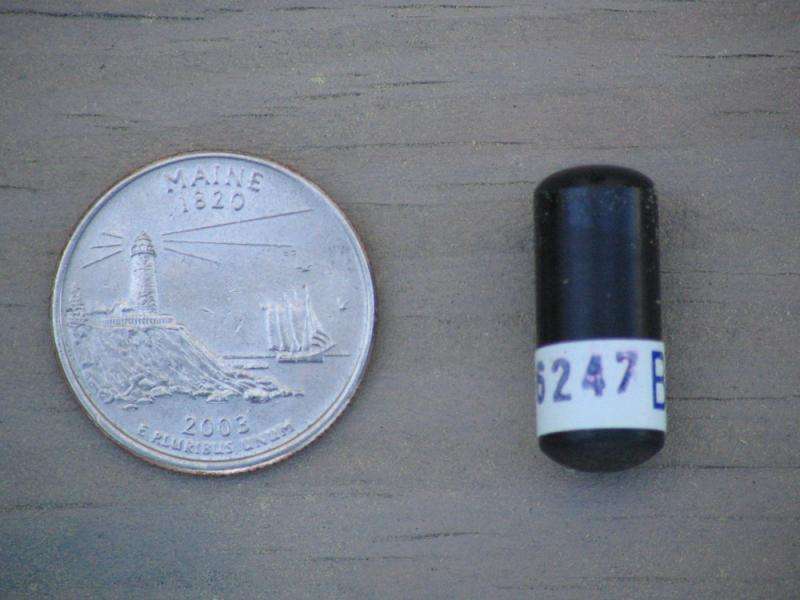Hi-tech tracking tags expand aquatic animal research opportunities, collaborations

Advances in acoustic and satellite technologies are allowing researchers to track animals large and small across great distances, even in challenging ocean environments, leading to significant new knowledge about the behavior, interactions, movements, and migrations of many species, from tiny fish to sea turtles and whales.
These developments in aquatic animal research are detailed in a paper, published June 12 in Science, by members of the International Scientific Advisory Committee of the Ocean Tracking Network (OTN), a research and development platform headquartered at Dalhousie University in Halifax, Nova Scotia. The paper provides examples of a number of breakthroughs and discoveries over the past three decades that have been brought about by hi-tech acoustic and satellite telemetry.
"We are tagging Atlantic salmon smolts as small as six inches and acoustically tracking them from the rivers and bays into the Gulf of Maine and hundreds of miles north to Newfoundland as they head towards West Greenland," said John Kocik, a salmon researcher at the Maine Field Station of NOAA's Northeast Fisheries Science Center (NEFSC) and a co-author of the Science paper. "The growth in technology has moved us beyond basic research to the day-to-day management of living marine resources."
The NOAA telemetry team has implanted hundreds of acoustic tags into small salmon and tracked the fish down several Maine rivers and bays out to the Gulf of Maine. The salmon smolts are also followed through tracking networks like the OTN, which operates underwater receiver buoys in the North Atlantic. The buoys, much like an EZ Pass for fish, pick up the signal from the tag as the fish passes and alerts the group who tagged the fish. Tags are registered with the network so they know who tagged the animal and can facilitate sharing of data.
"Acoustic telemetry has opened up so many possibilities for gaining information about animal movements, migrations, and interactions at sea," Kocik said. "Collaborations will follow as data are shared and scientists learn about research programs being conducted by other scientists that might provide opportunities for enhancing their own research and studying species interactions."
NEFSC's salmon researchers use acoustic tags, while some of the Center's turtle and seal researchers use satellite tags. Both have provided new data about the animals that were used to develop research programs as well as management actions.
Kocik says the Gulf of Maine provides an example of why you need to network and share the data. Sand tiger sharks tagged off South Carolina and great white sharks tagged off Cape Cod have been tracked on the networks in the Gulf of Maine, and the data about the animals' travels has been shared with the researchers studying their movements and behavior.
"Every year we are tracking more fishes from more places," Kocik said. "What is surprising is the variety of species, and for salmon in particular the speed at which they are moving through the Gulf and out of U.S. waters."
Only about two percent of the tags picked up by the Maine Field Stations' tracking network are from unknown sources, Kocik says. "Most people will share their information, and as more people collaborate we need to think hard about how we can make the most of these opportunities."
The report authors call for moving toward a global network and centralized database that will manage shared resources. Increased communication, collaboration, and funding opportunities will lead to further advances in scientific knowledge.
Journal information: Science
Provided by NOAA National Marine Fisheries Service
















